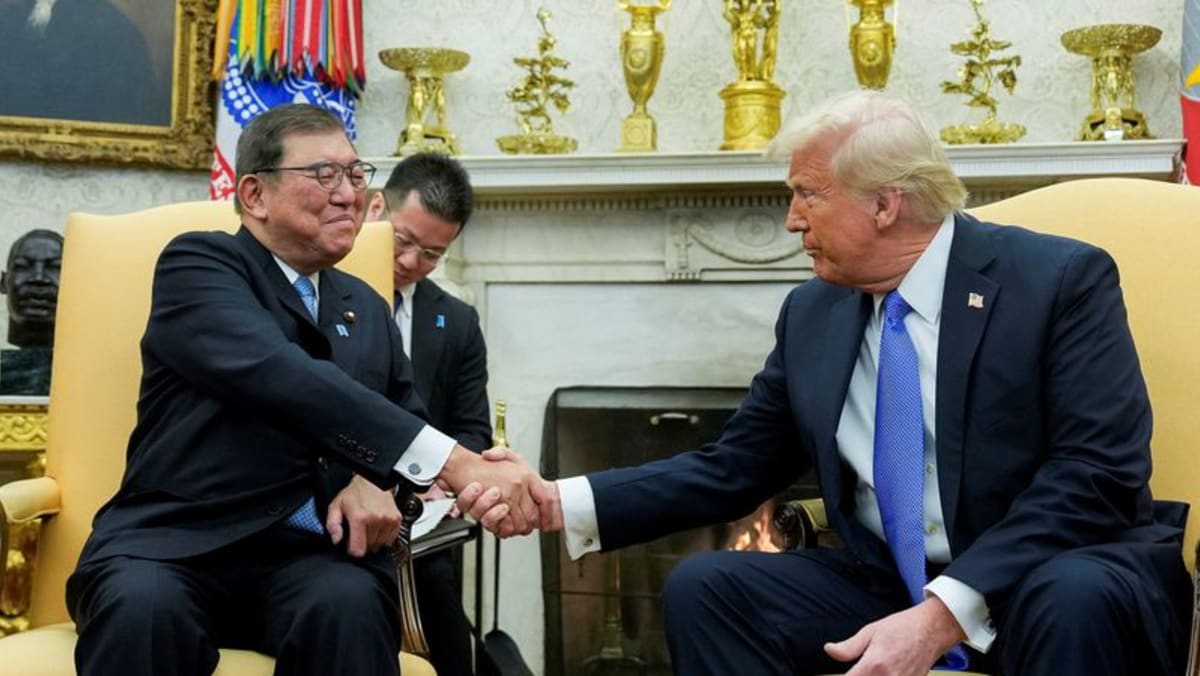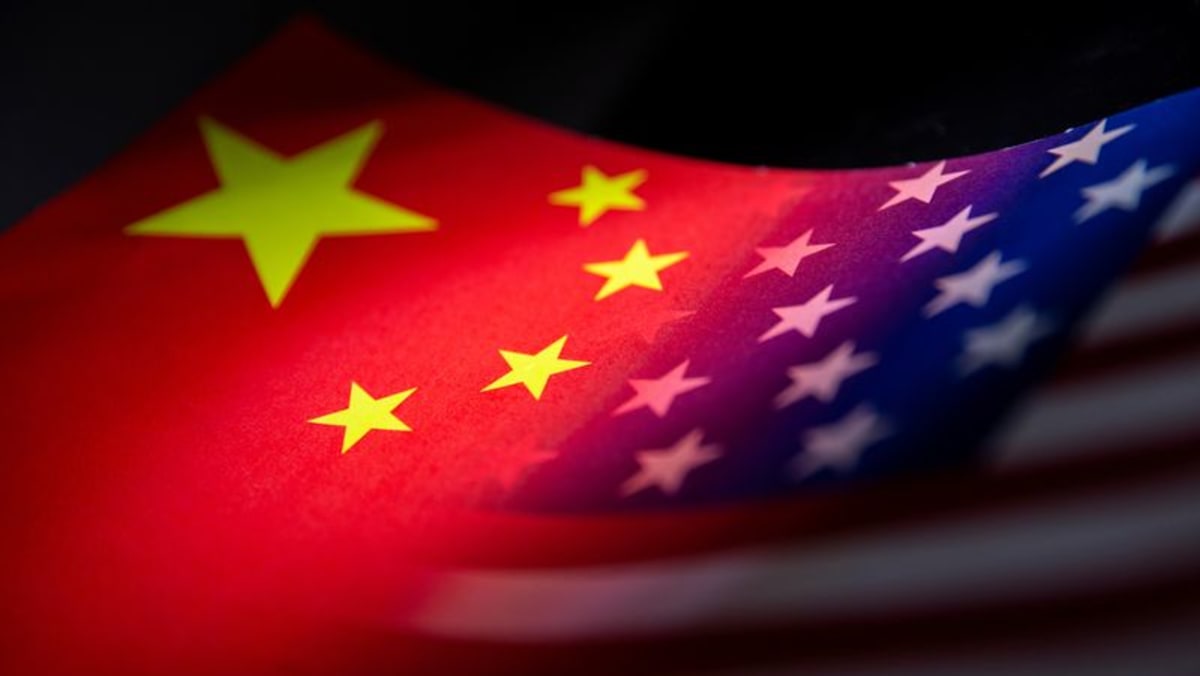Trade relations between the United States and China remain fluid, even as the world’s two biggest economies have agreed on a framework aimed at reducing friction and reviving the flow of sensitive goods, said observers.
Top officials from Washington and Beijing on Tuesday (Jun 10) agreed on the preliminary plan after two days of intense discussions in London.
The framework builds upon the groundwork that the superpowers laid in Geneva last month to ease tariffs they had taken against each other’s economies. But further details, including plans for a next round of talks, remain sparse.
“It’s important to realise that this remains a very fluid, a very contentious relationship,” said Alex Capri, a senior lecturer at the National University of Singapore Business School.
“In the past, historically, negotiating a proper free trade agreement literally took years because there are so many moving parts. There are so many elements … and that takes a lot of time.”
Capri expressed skepticism about the efficacy of short-term negotiations, saying these might not lead to long-lasting agreements.
“I think we’ll continue to see more transactionalism, and we’ll probably see more and more of these types of shorter, one-on-one type of meetings that remain a work in progress,” he told CNA’s Asia First.
But observers said they are cautiously optimistic about the positive shift in tone between the two global superpowers.
“It’s unclear what has been agreed to besides a sort of pathway to a framework to implement a concept of a plan. So it’s early days,” said trade and economic policy expert Deborah Elms.
“But I suppose that the good news is, both sides do seem to see that escalation is not in their interest, and they agree that negotiations or discussions are important pathways to get to some kind of resolution.”













